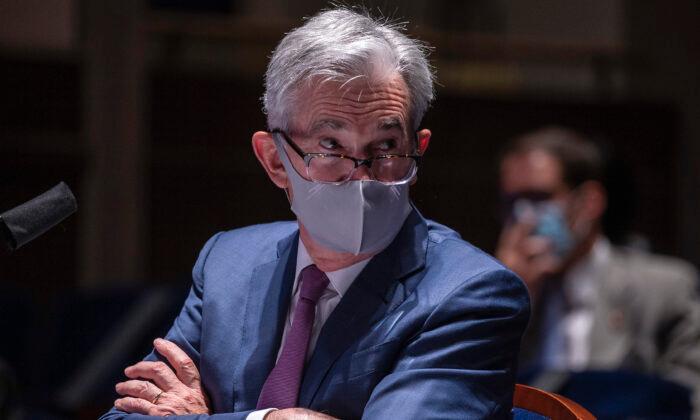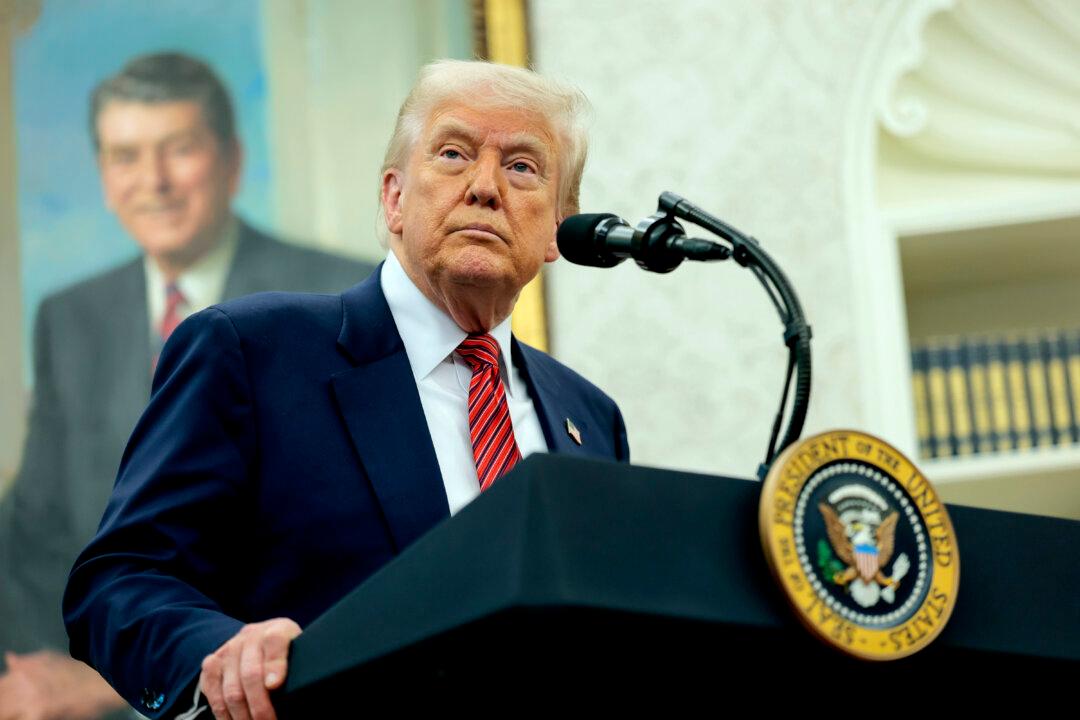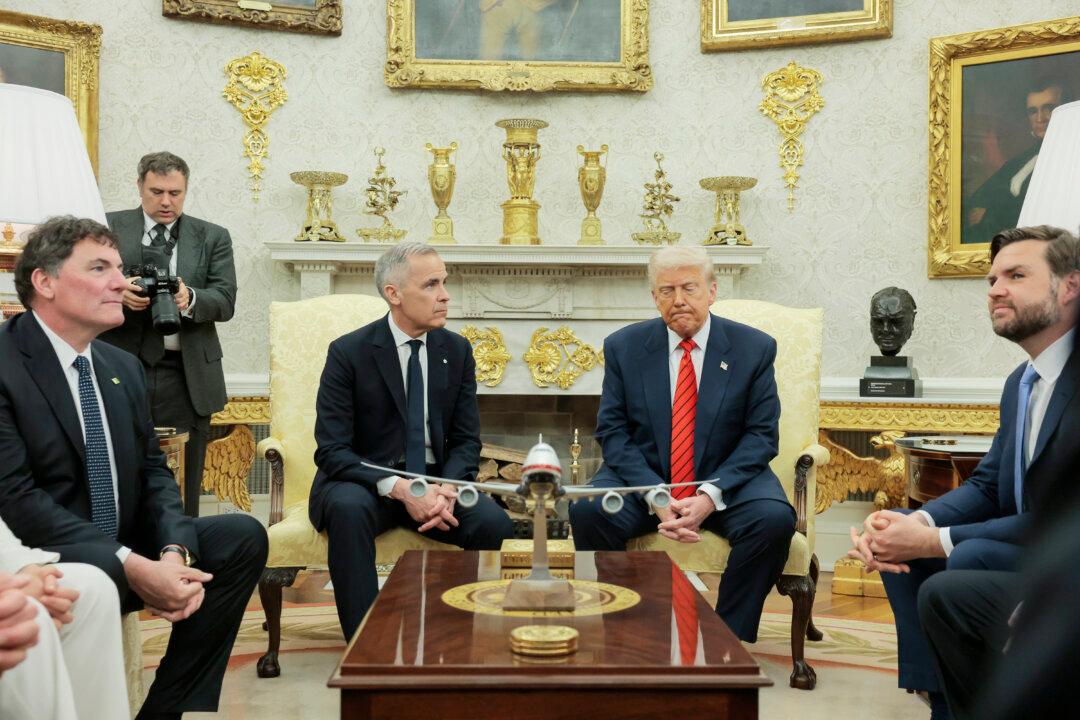WASHINGTON—The Federal Reserve unveiled on Aug. 27 a major policy change that tolerates higher inflation, a move that could allow interest rates to stay lower for a longer period of time.
Jerome Powell, the Fed chair, announced that the central bank would adopt “a flexible form of average inflation targeting” as the key outcome of its monetary policy framework review.
“The historically strong labor market did not trigger a significant rise in inflation,” Powell said in a livestreamed speech at the central bank’s annual economic policy symposium in Jackson Hole, Wyoming.
“The persistent undershoot of inflation from our 2 percent longer-run objective is a cause for concern.”
The new statement favors a looser, more accommodating approach to both the inflation and employment objectives of the Fed, according to economists.
The statement indicates that the Fed will seek “to achieve inflation that averages 2 percent over time.”
“Therefore, following periods when inflation has been running below 2 percent, appropriate monetary policy will likely aim to achieve inflation moderately above 2 percent for some time,” it states.
Powell noted that inflation that persistently runs below the target level could pose serious risks to the economy.
“If inflation expectations fall below our 2 percent objective, interest rates would decline in tandem. In turn, we would have less scope to cut interest rates to boost employment during an economic downturn, further diminishing our capacity to stabilize the economy through cutting interest rates.”
The Fed operates under a “dual mandate” of maximum employment and price stability. To meet the price stability objective, the Fed’s policymakers established a 2 percent inflation target in 2012.
On the employment side, the Fed will adopt an asymmetric response to the employment gap.
Powell said the change in the language reflected the Fed’s current view that “a robust job market can be sustained without causing an outbreak of inflation.”
This implies that “an unemployment rate below the estimated natural rate of unemployment is not a sufficient reason on its own to tighten policy,” according to Jan Hatzius, chief economist at Goldman Sachs.
“Overall, we see today’s developments as a significant dovish long-term shift for the Fed, but one roughly in line with expectations,” Hatzius wrote in a report.
The Fed’s new approach to inflation will likely keep interest rates lower for a long time. The Fed has been moving in this direction since 2019 when it cut its benchmark rate for the first time in more than a decade. And in an urgent response to the pandemic, the central bank slashed rates twice to near zero.
The Fed’s move affects the borrowing and saving rates for consumers. If the federal funds rate is low, it becomes less expensive for banks to borrow from each other. Hence banks can pass the lower cost of debt on to consumers in the form of lower interest rates on mortgages, auto loans, or credit cards.
Stocks rallied slightly after Powell revealed the central bank’s new strategy. The Dow Jones Industrial Average rose 0.6 percent and the S&P 500 gained 0.2 percent on Aug. 27.
“Both of these dovish revisions were in line with our expectations,” Matthew Luzzetti, chief U.S. economist at Deutsche Bank, said in a report.
“However, the fact that the Committee decided to release the results of their policy framework review at Jackson Hole opens the door wider than previously to a modification of their rates guidance and balance sheet policy at the September meeting.”
Analysts now expect the bank’s asset purchase program to come at the September policy meeting rather than November as previously predicted.





